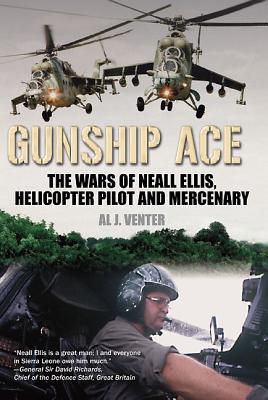JMR-FVL: The US Military’s Future “Helicopters”?
Oct 22, 2013 11:38 UTC by Defense Industry Daily staff
Oct 16-17/13: Bell V-280. Bell Helicopter announces that GE is joining its V-280 Valor tilt-rotor team as its engine supplier, while GKN will manufacture the rear V-tail structure.
GKN’s expertise is in metalworking and composite construction. GE’s engine isn’t specified, and remains ambiguous. GE is developing the 7,500 shp GE38 for the CH-53K helicopter program,... {click to expand +}
Keep reading for the whole story with recent events put in context
The JMR-TD program is the science and technology precursor to the Department of Defense’s estimated $100 billion Future Vertical Lift program, which is expected to replace between 2,000-4,000 medium class UH-60 utility and AH-64 attack helicopters after 2030.
In reality, FVL will fall far short of that number if it ever goes ahead, but those figures are the current official fantasy. While they’re at it, the Pentagon wants breakthrough performance that includes the same hovering capability as smaller armed scout helicopters, and a 100+ knot improvement in cruising speed to 230+ knots. That’s almost certainly achievable, thanks to new developments that involve very different helicopter designs.
The JMR-TD Precursor Program
We’ll begin with the Army’s core justification for FVL, and its Joint Multi-Role Technology Development precursor:
“Recent study findings concluded that the DoD rotary wing aviation fleet is aging and upgrades to current fleet aircraft will not provide the capabilities required for future operations. Additionally, because of the time in service for currently fielded helicopters, many of the decision points for the future fleet will occur within the next 10 years. The Operational Tempo (OPTEMPO) in Operation Iraqi Freedom (OIF) was, and Operation Enduring Freedom (OEF) is, five times that of peacetime, and much higher than the design usage spectrum, further taxing the already aging fleet. The current fleet of DoD rotorcraft cannot continue to be incrementally improved to meet future operational requirements. Significant improvement in vertical lift, range, speed, payload, survivability, reliability, and reduced logistical footprint are all required to meet future needs and can only be achieved through the application of new technologies and designs. Operational costs must be reduced to a fraction of those for the current fleet.”
This combination of significant improvements and much lower operating costs is almost always asked for. It almost never happens. The request is akin to demanding a major-league baseball player who hits 30+ home runs per season, with under 50 strikeouts. New technologies and designs mean risk and added complexity, both of which tend to increase maintenance and operating costs. They also tend to lower mission availability percentages.
On the other hand, profoundly new helicopter technologies are now in development for civilian as well as military applications, and new onboard monitoring systems and vibration control promise big improvements in maintenance and operating costs. There’s also a potential promise of significant parts commonality, and the US Marines’ UH-1Y/ AH-1Z program indicates that this is achievable in a utility/ attack helicopter pair.
So why not try? The point of JMR-TD, Phase 1 is to investigate some of the new technologies and configurations that are maturing, test metrics like weight and performance, identify performance and manufacturing risks, and improve analytical tools to deal with the new technologies.
Key Phase 1 criteria include a design that can perform medium utility or attack missions, a 230+ knot cruise speed (which stretches compound helicopters if you want them armed), the ability to hover out of ground effect at 6,000 feet in 95 degree temperatures, and a low noise level. That last item is a much-delayed but welcome recognition, and comes from hard experience in theater where loudness equals enemy warning time. Airframe life for Phase 1 prototypes need only be 200 hours or so, though it’s an advantage to be able to last longer.
Can these new technologies be brought to a high enough Technology Readiness level for use in a defense Program of Record, while meeting performance goals? The Army is betting that they can, and 1st flights are expected in Summer 2017.
The original target was 2 award winners, but the solicitation acknowledged that 3 winners were possible, and there are indications that the Army is pursuing that path. From FBO.gov:
“It is possible that, given multiple meritorious proposals and proposed work that offers the potential for significant improvement to the Government’s best available knowledge in the first nine months, more than two initial selections will be made. In that case, the number of participants may be reduced after the initial design and risk review to match available funding or to minimize program risk.”
JMR-TD Phase 2 will develop mission systems that can be common to utility and attack helicopters. This phase is much closer to present reality. Bell Helicopter’s UH-1Y and AH-1Z already have a substantially common mission system, and Sikorsky is fielding “armed MH-60S” kits that are being installed by the US Navy in their maritime utility helicopters, as well as Battlehawk kits to arm the UAE’s UH-60Ms. Sensors and equipment are also keeping pace. There have been battlefield instances of AH-64 Apache attack helicopter pilots asking the UH-60 Black Hawks they were escorting to use their onboard sensor turrets, because they were more modern and more capable than the Apache’s.




